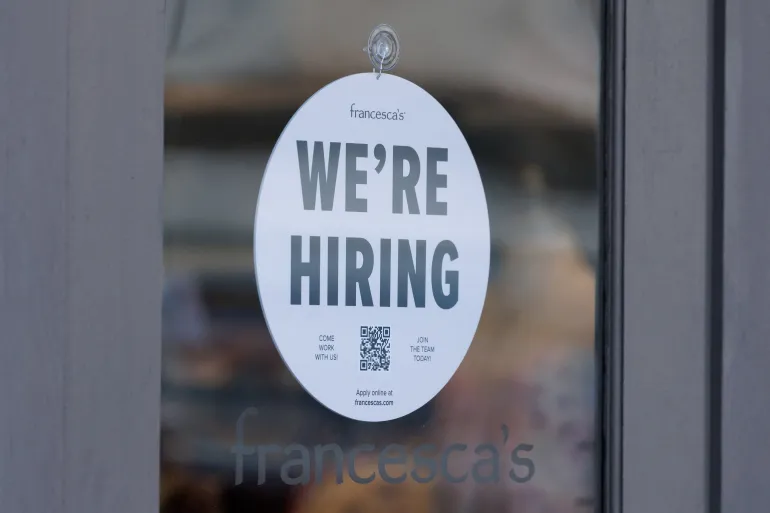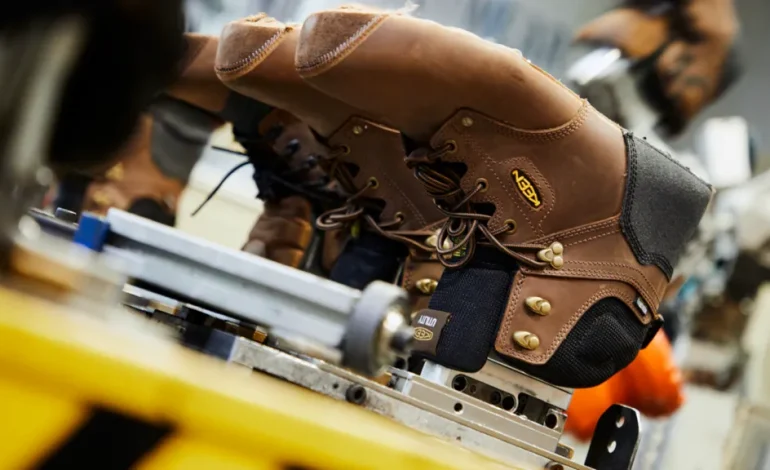In a quiet corner of Kentucky, family-owned footwear company Keen is opening a new factory—a development that fits neatly within the “America First” vision promoted by the Trump administration, BBC reports.
Yet beneath the surface, the plant represents not a return to a manufacturing past, but an evolution toward a high-tech, capital-intensive future.
Keen’s facility, just outside Louisville, operates with a workforce of only 24 people. Much of the production relies on advanced robotics to assemble shoes efficiently and cost-effectively. These automation tools fuse soles, trim materials, and streamline the entire manufacturing process—key to managing the much higher labor costs in the US compared to Asia.
“The labor rates here in the US are very expensive,” says Keen’s Chief Operating Officer Hari Perumal, noting that staffing costs are roughly 10 to 12 times greater than in Asia.
That disparity has forced Keen to rethink how shoes are designed and built, starting in 2010 when the company began shifting some of its production to the US in response to rising costs in China.
Despite Keen’s commitment to reshoring, only about 9% of its shoes are currently assembled in the US—a sign of the ongoing challenges facing domestic footwear manufacturing. Globally, about 99% of the shoes sold in the US are imported, primarily from China, Vietnam, and Indonesia. The US supply chain for shoemaking has largely vanished, and reestablishing it is proving complex.
Shoemaking remains a highly labor-intensive industry. For companies like Keen and Georgia-based Oka Brands—another rare example of domestic production—automation and innovation are necessary to offset high costs and supply chain gaps. Oka, which manufactures for brands like New Balance and Ryka, has had to source materials from unrelated sectors, such as the automotive industry, to maintain production.
“It’s not a self-sustained ecosystem,” explains Pepper Harward, CEO of Oka Brands. “You kind of have to build your own.”
While recent US tariffs on imported goods have driven renewed interest in domestic production, Harward is skeptical that trade policy alone will lead to a significant return of manufacturing.
“It would probably take 10 years of pretty high tariffs to give people incentives to do it,” he says.
Harward estimates that even under favorable conditions, no more than 6% of US shoe production might realistically be brought back onshore.
Keen’s story reflects both the limitations and potential of American manufacturing in a globalized economy. Automation has allowed the company to establish a cost-effective US presence—but only after years of investment and a business model not tied to quarterly shareholder expectations.
“We are a private, values-led company,” Perumal says. “We’re able to do these types of decisions without having to have to worry about quarter after quarter results.”
Other major brands, including Nike and Adidas, have attempted similar US production experiments over the past decade but ultimately abandoned those efforts due to cost and complexity.
What’s emerging instead is a new model for US manufacturing—one that doesn’t seek to revive the labor-intensive factories of the mid-20th century but instead relies on technology and niche-scale operations. It’s a direction shaped as much by necessity as by innovation.










The latest news in your social feeds
Subscribe to our social media platforms to stay tuned